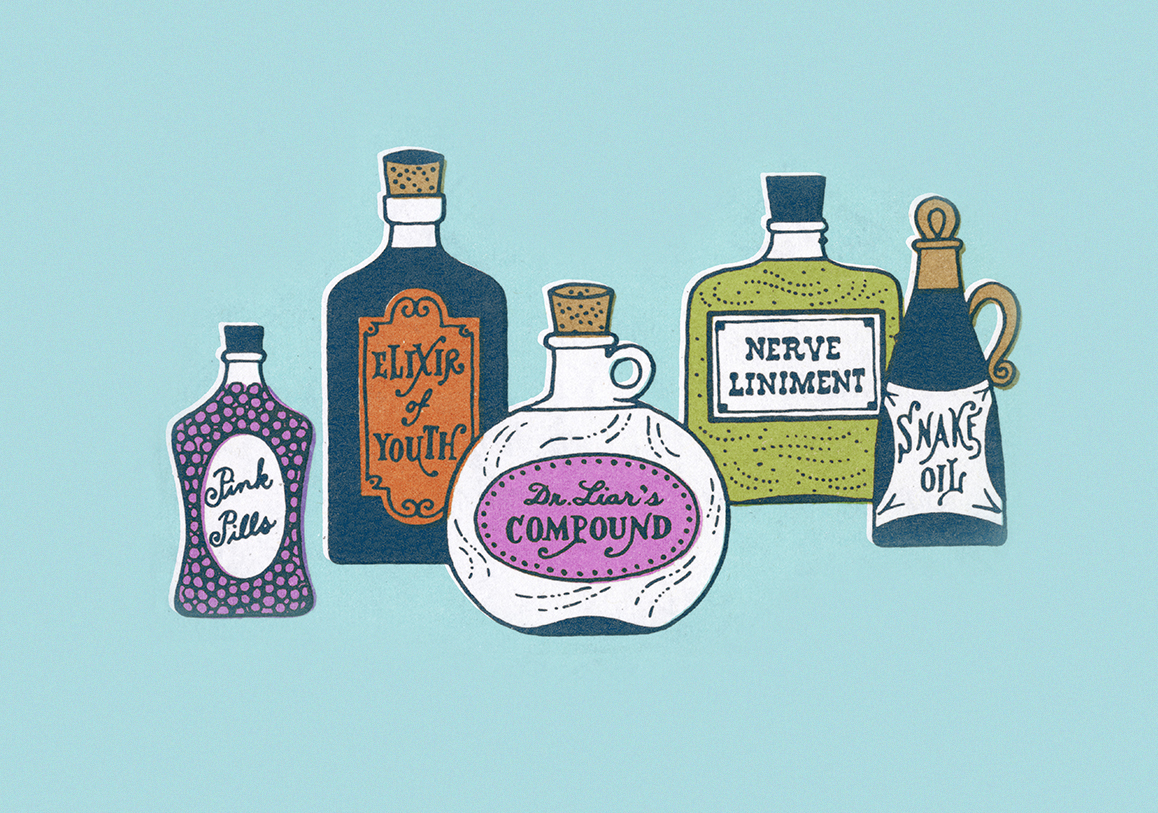James Halse, Portfolio Manager, discusses the key investment themes in the Platinum International Brands Fund and some of the ideas that have contributed to the fund's recent performance.
The International Brands Fund was established in 2000 for investors to benefit from an investment in a portfolio of companies that are able to earn superior profits from products that inspire an emotional bond between the consumer and the brand owner. There was also the idea that globalisation allowed the creation of mega brands, letting companies supplement stable profit centres in their home markets with rapid growth in emerging markets.
The Fund has successfully leveraged these two ideas throughout its history, and continues to do so with investments in companies that own such well-known global brands as Louis Vuitton, Gucci, Chivas Regal Whiskey, and Grohe showers. Historically, investment around these two central themes was supplemented with individual investments in more local brand owners, as well as providers of consumer services such as hotels or banks, and retailers of branded goods.
The central unifying idea in identifying whether an investment qualifies for inclusion in the Fund is whether it is an individual consumer making the decision to purchase the product.
A simple example helps to illustrate this. If you are suffering from muscular discomfort, and go to the pharmacy to buy a Voltaren, you are making the decision around which pharmacy you buy from, and which product you buy. You decide on the pharmacy most likely because it’s nearby or it has a name that’s familiar to you, and you decide on Voltaren because it is a well-known anti-inflammatory.
If, however, you go to the doctor and she prescribes you an anti-inflammatory or painkiller, you the consumer are not making the decision irrespective of whether the product you’re prescribed has a known brand name.
With that basic idea of what qualifies for the Fund in mind, it’s worth examining the changes in the way the portfolio is structured which have been undertaken over the course of the last year.
The overriding theme influencing all consumer behaviour today is the growth of social media and e-commerce, facilitated by the rapid spread of smartphones and improvements in their functionality and download speeds. This impacts consumer related companies in a number of ways, and very few companies are immune.
Retailers now have to deal with highly informed customers who know what the best price for a product in the market is, because their phone tells them. They have to compete with Amazon or Alibaba not only on price, but also on offering faster delivery and easier returns – both of which cost a lot more to provide than having customers do it all themselves in stores. As a result we have seen many store closures, mall closures, and chains going into bankruptcy. There is more to come.
Packaged food and household & personal care companies have to deal with upstart brands that gain exposure through cheap viral social media advertising where historically large brands were protected by their dominance of TV advertising. Increasingly, these small players are taking shelf space away from traditional brands. E-commerce allows small brands to gain instant national distribution, and build up a reputation via online user reviews that they can leverage into supermarket positions. This means more brands competing for the same market. Colgate’s CEO told us recently that in China there are now 500-600 brands of toothpaste available online!
The Fund is positioned to directly take advantage of these trends in two ways. We own the stocks of strong and rapidly growing internet platforms such as Alibaba – the leading Chinese e-commerce player, and Sina/Weibo – the largest one-to-many social media platform; and we short-sell the stocks of companies whose sales and margins have a long way to fall – such as challenged brick and mortar retailers like The Gap and Walmart, as well as traditional processed food companies where consumers are shifting to healthier fresher options offered by smaller players. When was the last time you bought condensed soup in a can?
Currently, individual stock shorts have replaced index shorts. The challenged companies we are short present a better risk/reward position than shorting a broad index containing many excellent and well-positioned businesses.
The remainder of the fund is positioned in a number of consumer brand owners or consumer service providers. All are likely, we believe, to be mostly resilient to the digital disruption theme, or even stand to benefit from it.
Consumer service providers include hotel and casino operator Wynn Resorts, and leading Russian Bank, Sberbank. Wynn is exposed to the growth of Chinese tourism in Macau, while Sberbank has a fantastic consumer deposit franchise in a country with little mortgage debt and where many bank failures have led consumers to distrust all but the strongest banks to keep their money safe.
Brand owners include global champions such as Louis Vuitton Moet Hennessy (LVMH); Gucci and Yves Saint Laurent owner Kering; and Pernod Ricard – the owner of a spirits portfolio that includes Chivas Regal and Jameson whiskeys among others. These global champions are supplemented with local players such as Anta Sports Products – China’s leading athletic wear brands, and Jiangsu Yanghe – a leading Chinese spirits player.
Why do we think the owners of these branded products will be resilient to digital disruption?
The answer is that their products have unique heritage or technical / performance characteristics, and they do not have simple substitutes. There is something other than price on the consumer’s mind when making the purchase decision, with the products defined less by their specific characteristics and more by the intangible brand connection, and in the case of a company like golf club maker Callaway – the marketing around its scientific and engineering prowess in adding yards to your drive and volume to your bragging rights.
The Fund will take advantage of opportunities where the market is overly concerned about the future of a brand owning company in the digital age, to the point where the valuation penalises the stock too heavily. Our position in underwear maker Hanesbrands is an example of such a situation. People may buy somewhat less underwear once the impulse factor of seeing underwear in stores or malls is removed, but a visit to Amazon.com shows Hanes dominating the search pages…and we are quite sure people will continue wearing undergarments!
In short, the gales of creative destruction buffeting retailers and purveyors of branded goods are creating opportunities to profit from both owning winners and shorting losers. Indeed, we can see few more fruitful areas to find mispricing of assets.
DISCLAIMER: The above information is commentary only (i.e. our general thoughts). It is not intended to be, nor should it be construed as, investment advice. To the extent permitted by law, no liability is accepted for any loss or damage as a result of any reliance on this information. Before making any investment decision you need to consider (with your financial adviser) your particular investment needs, objectives and circumstances. The above material may not be reproduced, in whole or in part, without the prior written consent of Platinum Investment Management Limited.



